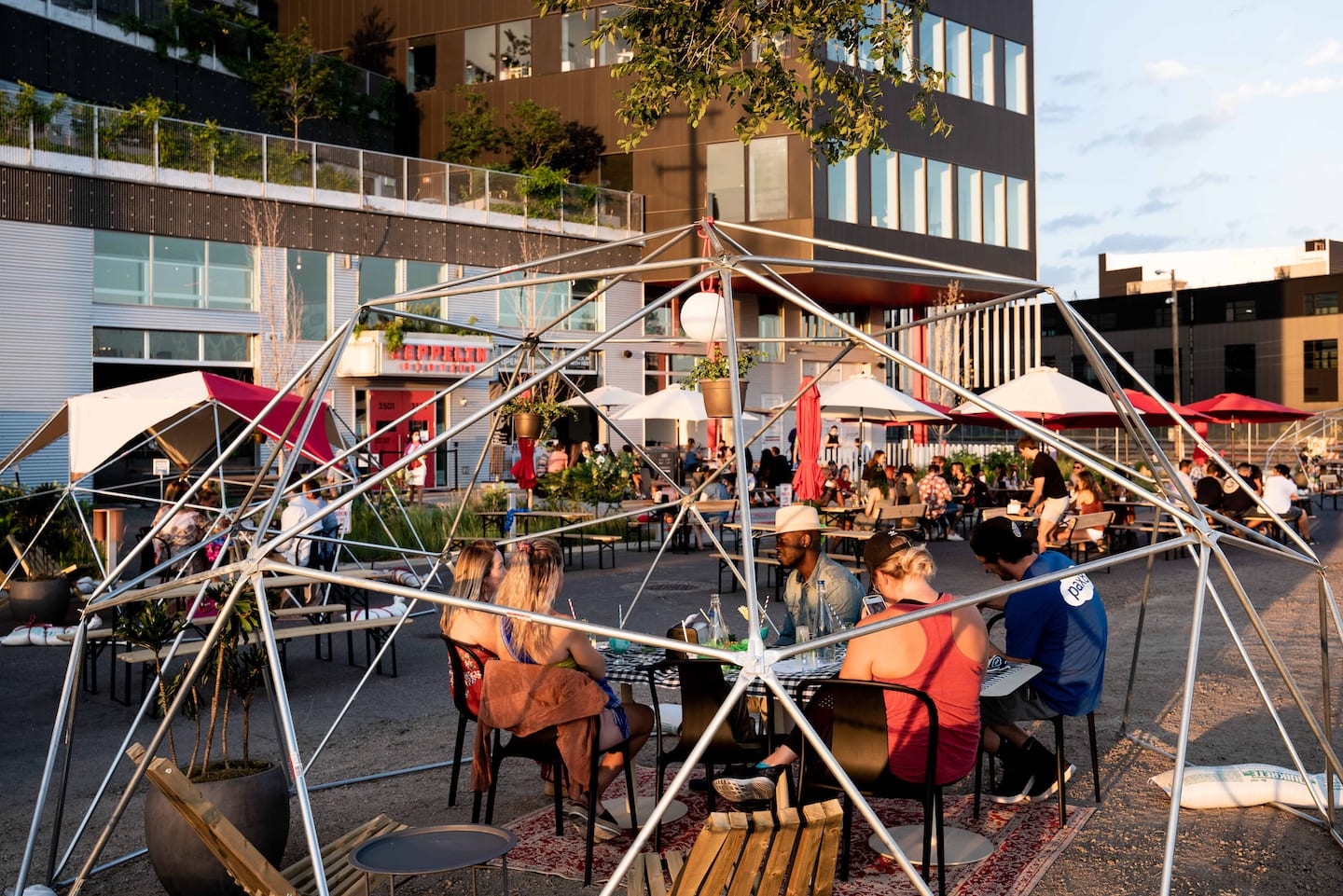Maximized efficiencies will help food halls survive

During COVID-19, restaurants have done their best to survive the whiplash of ever-changing public health guidelines while ensuring the safety of their guests and employees. Initially closing altogether, many originally reopened for takeout and delivery and then for limited dine-in service. Most recently, restaurants have adjusted their hours to close by 10 p.m. Some have been able to hold on through the chaos, but many have simply been unable to shoulder the day-to-day expenses while bringing in drastically reduced revenue.
Food halls have faced similar but more complex challenges as they juggle several independent restaurateurs under one roof. That said, many food halls are in a better position than stand-alone restaurants to survive and eventually recover from the current challenges because they offer a variety at a low price point – attractive features for those who are getting by on a limited budget or who tire of cooking the same thing at home day after day. Whether it’s burgers, Thai food, ice cream or poke bowls, food halls have something for everyone.
Food hall vendors also benefit from maximized efficiencies. Food stalls are much smaller than restaurants, often only a few hundred square feet, and many food halls offer percentage rent to their vendors, which minimizes occupancy costs when business is slow. Overhead – such as utilities and key personnel – are shared, further reducing the cost burden on vendors individually. Food halls also are physically larger than restaurants and therefore can safely seat more guests while maintaining social distancing guidelines.

Many food halls now have cocktail service on their expanded patios,
allowing guests to order food from the food stall of their choice
and then have drinks delivered tableside. Courtesy Werk Creative
Many restaurateurs who had to close permanently in 2020 will be looking to reopen in smaller footprint spaces with built-in customer flow. Food halls therefore are likely to increasingly house experienced operators offering casual takes on dishes they previously had perfected in their own larger, high-overhead restaurants.
To further make up for reduced seating, many food halls in Denver have worked with city agencies to dramatically expanded their patios onto adjacent streets or parking lots. Outdoor dining can be erected easily with a variety of shade structures, planters and intimate lighting. This provides a safe experience for couples, families and small groups to dine in this new era. Many food halls now have cocktail service on their expanded patios, allowing guests to order food from the food stall of their choice and then have drinks delivered tableside. As a result, guests are lingering longer, engaging in meaningful conversation and enjoying Colorado’s famed summer weather.
While the current situation is incredibly challenging for food and beverage businesses of all kinds, food halls have distinct advantages as they navigate the ups and downs of this unprecedented time.
Featured in CREJ’s August 2020 Retail Properties Quarterly












